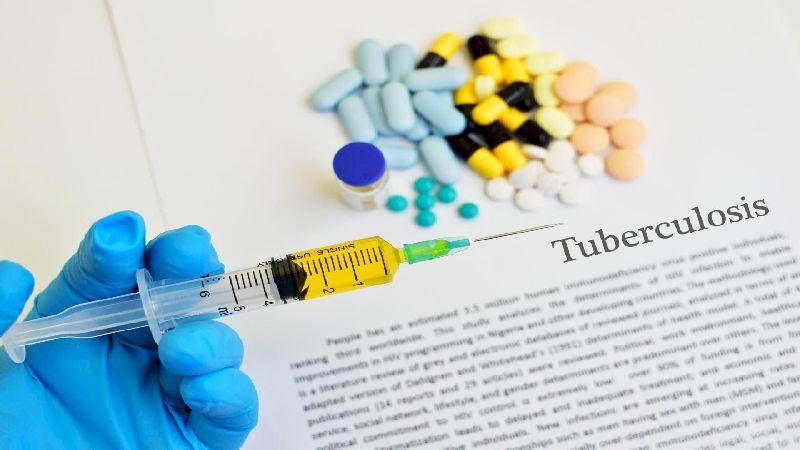
Image via EurekAlert! Science News Releases
To deliver healthcare services to citizens, countries across the world have adopted different systems, consisting of a mixture of public and private healthcare providers. For example, the government share of health expenditure is more than 80% in the United Kingdom (NHS), while in India, it is less than 30%. The Indian Brand Equity Foundation (IBEF) has found that the private sector contributes more than 74% of the total health expenditure in India, equalling 2% of the GDP. The annual government health expenditure in India is close to 1.6 trillion INR, which amounts to only 1.29% of the total GDP, among the lowest in the world.

Variation between 1995 and 2014 of public expenditure on healthcare, as a percentage of a country’s income. The countries are grouped into four classes based on their total GDP per capita. [Source: Our World in Data]
Over the years, government expenditure on healthcare in most low- and middle-income countries has remained low and is majorly dependent on private or out-of-pocket spending. Major private providers in these countries fall under the informal sector, including drug shops and independent providers, which are large in number and difficult to monitor under national healthcare programs. They are often the first line of medical care for most people in these countries, resulting in significant private expenditure on the part of individuals. The World Health Organization (WHO) recognises the need to remove the dependence of the common mass on expensive private healthcare, via the Universal Health Coverage, a system in which ‘all people have access to the health services they need, when and where they need them, without financial hardship.’
In low- and middle- income countries, disease monitoring and diagnosis have remained a challenge. For example, WHO estimated that government programs do not report up to 30% of total tuberculosis (TB) cases across the world. However, TB is a highly infectious bacterial disease that continues to infect more than 2.5 million Indians every year, claiming close to 15–20% of those lives.
Under-reporting of diseases under public or government programs has brought the private health sector under focus. A recent research article, published in the Journal of Clinical Tuberculosis and Other Mycobacterial Diseases, discusses the effect of private healthcare providers on TB care across the world. The research was supported by the Global TB Programme, WHO Switzerland, and the McGill International TB Centre, Canada. It was based on documents published by the WHO and its partners in 2018, namely ‘Engaging private healthcare providers in TB care and prevention: a landscape analysis’ and ‘Public-private mix for TB prevention and care: a roadmap’.
The researchers observed that, although a high percentage of TB care comes from the private sector, the quality of care provided in some countries has always been a cause for concern. Often, despite showing strongly evident symptoms, patients are not tested for TB. Patients are not referred to national TB programs, and antibiotics are suggested before conducting proper diagnostic tests, found the researchers. Moreover, chest X-ray is preferred for diagnosis although the standard of care has already shifted to sputum tests, while drug susceptibility testing (DST), needed to analyse the effectiveness of drugs on a patient, is conducted negligibly. Other difficulties include limitations in TB care facilities and high costs incurred in diagnosis.
In recent years, there has been a steady increase in the number of TB cases reported by private providers. The researchers analysed national TB program data (NTP) from seven major TB affected countries such as India and Bangladesh. Between 2015 and 2018, India, Philippines, Indonesia, and Pakistan together reported more than half a million more cases via the private health sector. On the other hand, Nigeria and Myanmar showed a drop in the number during this period. Overall, there was a 10% increase in the number of cases reported by private providers. This rise in reporting has been aided by programs such as the Global Fund Strategic Initiative and the WHO Find.Treat.All.EndTB Initiative. However, concerns remain about the quality of diagnosis and the subsequent treatment provided to the reported patients. For example, only 16% of all the private reported cases in 2018 in India were diagnosed according to international standards.
Among the countries with the highest number of TB cases, including India and Bangladesh, private providers are responsible for more than 70% of the initial TB care sought by the patients. They supply more than 50% of the total anti-TB drugs. However, the private sector in these countries is highly unregulated. Often, a large number of patient visits are not tracked or documented; drugs are sold without proper prescriptions by untrained staff, which leads to irregularities in patient care. Still, less than 25% of the total reported TB cases come from the private sector. To regulate the care, it is thus necessary for greater inclusion of the private sector in national TB programs. Moreover, there has been increasing evidence supporting a public-private mix (PPM) for effective TB care. A study published in 2019 also predicted a significant reduction in TB related deaths between 2018 and 2045 with increasing participation and regulation of private engagement.
To further improve the participation of private providers in universal TB programs, a ten-point roadmap has been developed by the PPM Working Group of the Stop TB partnership, along with WHO and other global partners. It is being implemented internationally and will provide a direction to the TB eradication efforts across the world. The researchers, who are a part of the Stop TB partnership, expect that this roadmap will enable an improvement in the quality of private TB care, improve data management, and hold various stakeholders accountable for effective health coverage.
In recent months, tuberculosis care has been affected in some countries due to the COVID-19 pandemic, with patients fearing the risk of contracting the virus during hospital visits. Civil society groups across the world have used this opportunity to identify the gaps existing in the current health systems and create awareness for the effective management of the disease. Some of the areas of improvement identified include inclusion of community voices and perspectives in national tuberculosis responses, collaboration with different stakeholders to improve funding and resource allocation, and alignment of COVID-19 and tuberculosis care programs to manage the existing resources more efficiently.
In addition to increasing public–private partnership, it is essential to increase government spending on healthcare, especially to tackle infectious diseases such as tuberculosis in low- and middle- income countries. This can go a long way in improving the standard of patient care and overall public health.






